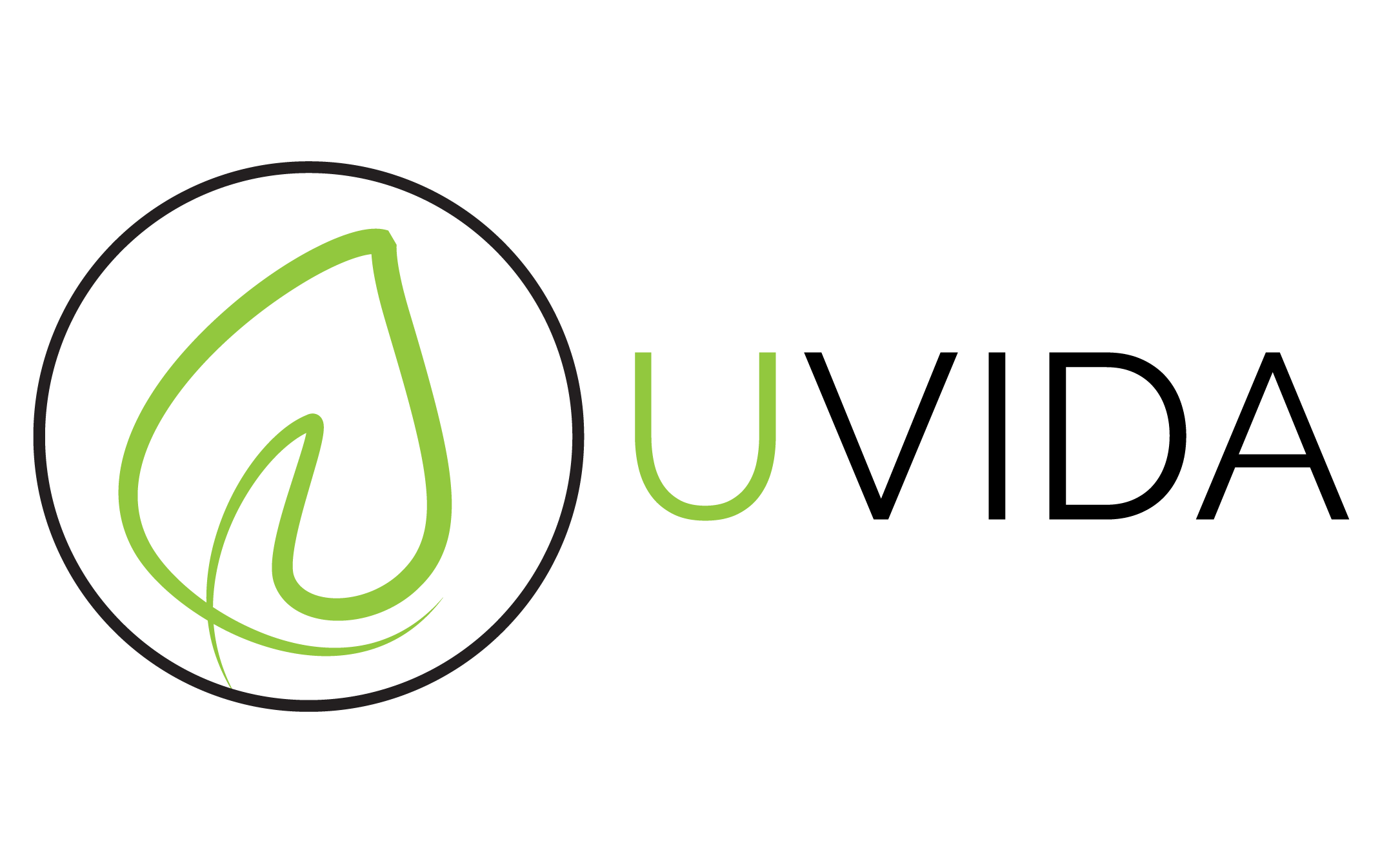DRY LEAVES?: The plant needs higher humidity. Try either to increase the humidity around the plant, e.g. by using a humidifier or try to keep the humidity within your little jungle a little higher by having more plants in the immediate surrounding. You can also cut off heavily dried leaves with a clean pair of scissors or knife, so that the plant can put more energy into new leaves.
BROWN SPOTS: Once the plant has burnt spots, you can’t undo them. You should give the plant a location where it gets plenty of light but no direct sunlight. Especially harmful is the location with direct sunlight, if you spray the leaves with water and the water droplets catalyze the sunlight like a magnifying glass. Again, only cutting off the burnt leaves will help to bring the power of the plant into new leaves.
DROOPY LEAVES: If you can rule out drafts in your location and exposure to cold air, it is most likely that your caladium has not received enough water. Depending on how far this stage has progressed, you may still be able to save the plant by watering it properly now. If the leaves look limp even 24 hours after watering, they are probably beyond saving and you can cut them off.
CURLED UP LEAVES: To prevent curled leaves the location should be draught free. In my case, especially the Caladium leaves curled up, which were in the direct draught or which were generally cold during the development of the plant. So try to pay attention to the temperature and ideally the leaves will recover. If the old leaves remain curled, you can cut them off. If you have adjusted the basic conditions, the new leaves should unfold again.
BREAKING STEMS: To prevent bending stems you can support the plant in its growth. For this you can simply use branches from the garden center or from outside, to which you fix the stems of the plants. In addition, make sure that the plant is always supplied with sufficient amounts of water to ensure the stability of the plant.
YELLOW LEAVES: The leaves are usually beyond saving, accordingly you can cut them off. To prevent yellow leaves in the future, pay attention to a regular watering cycle and prevent waterlogging in the pot.


